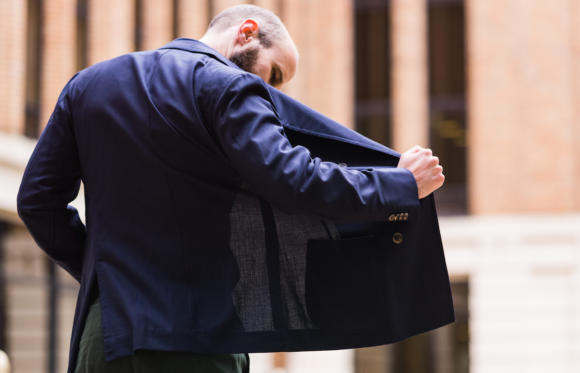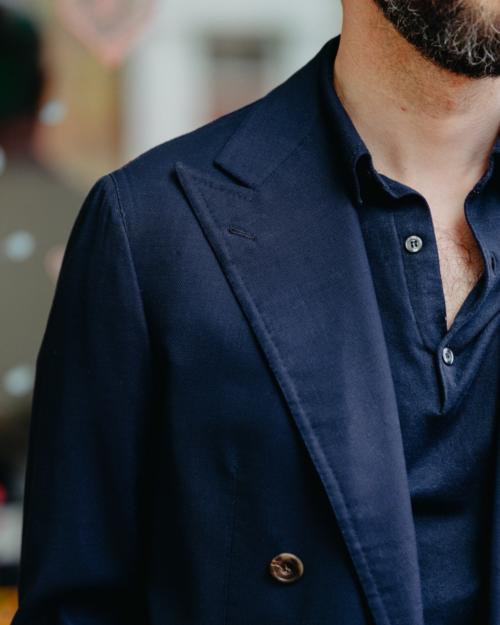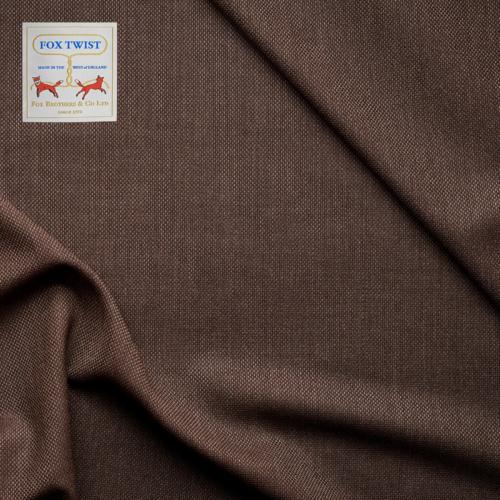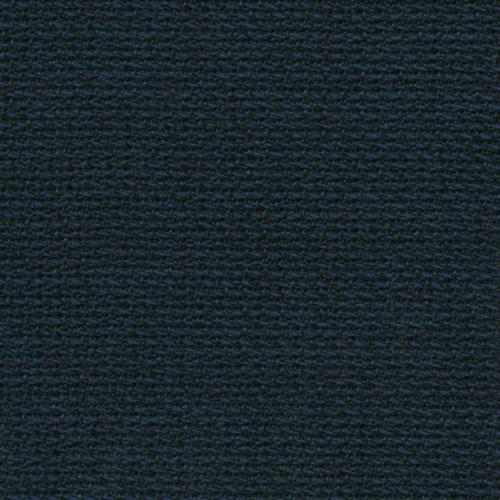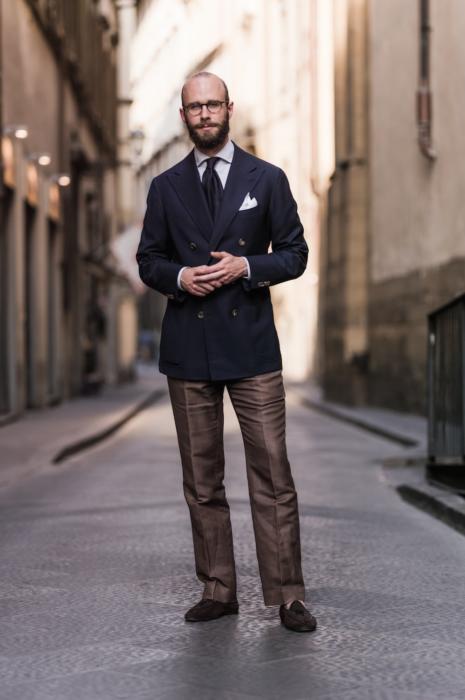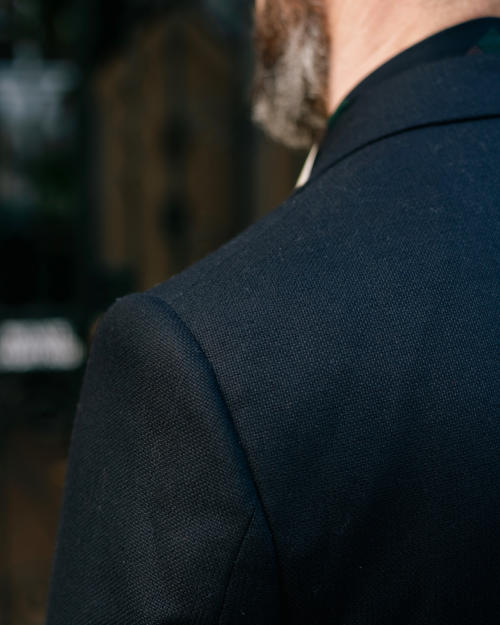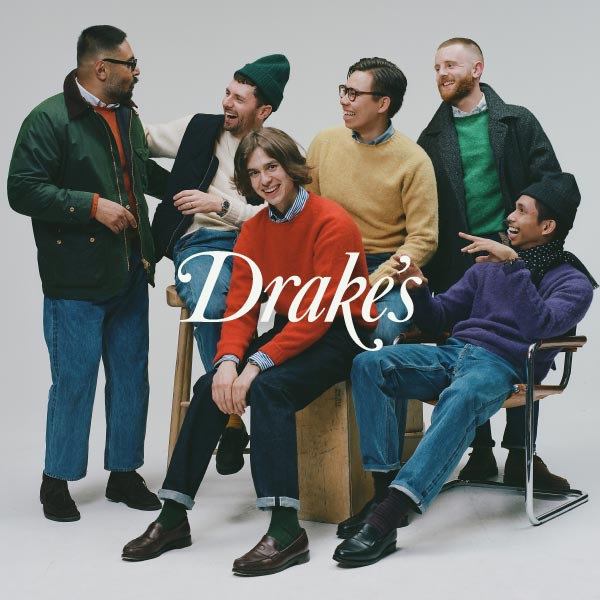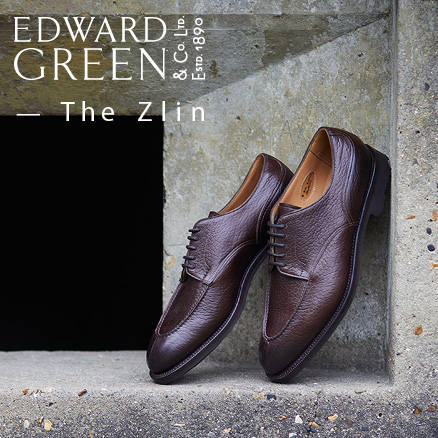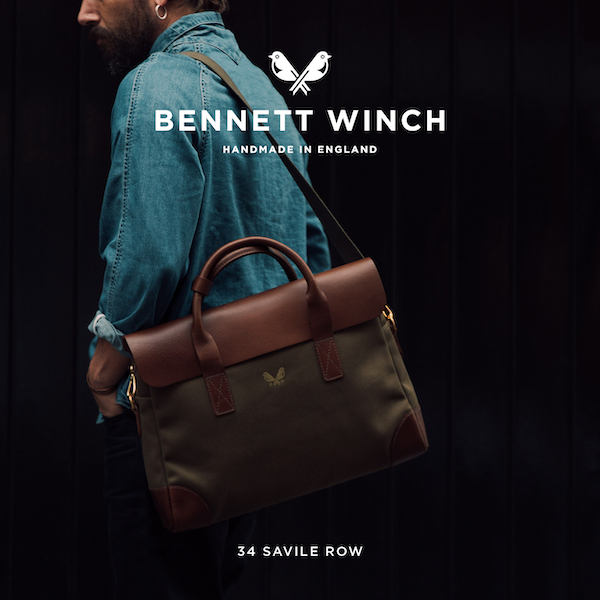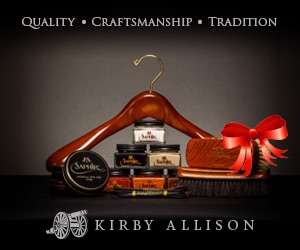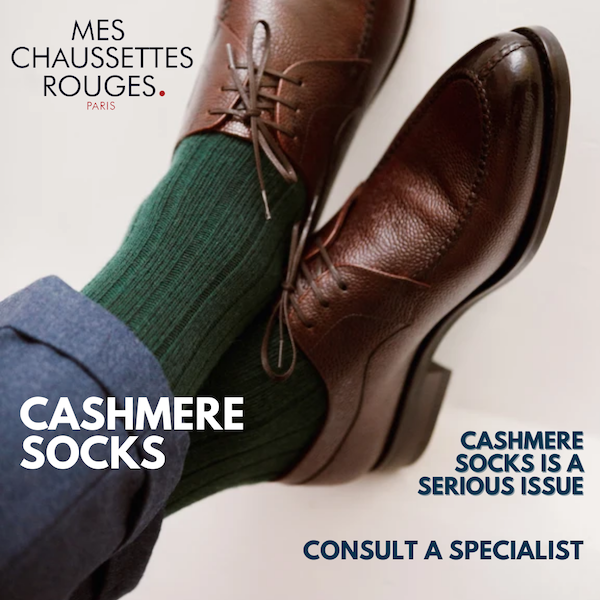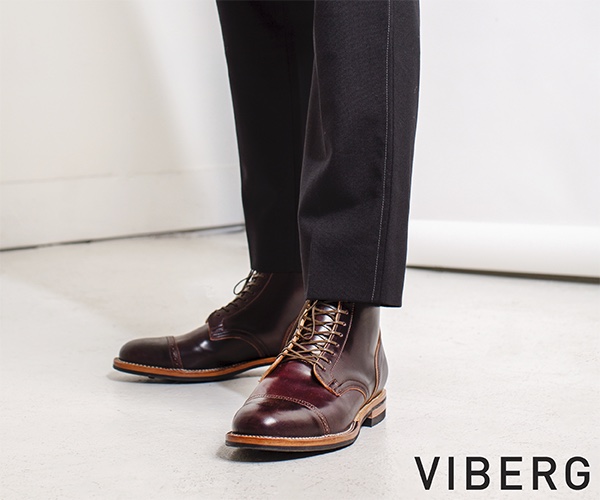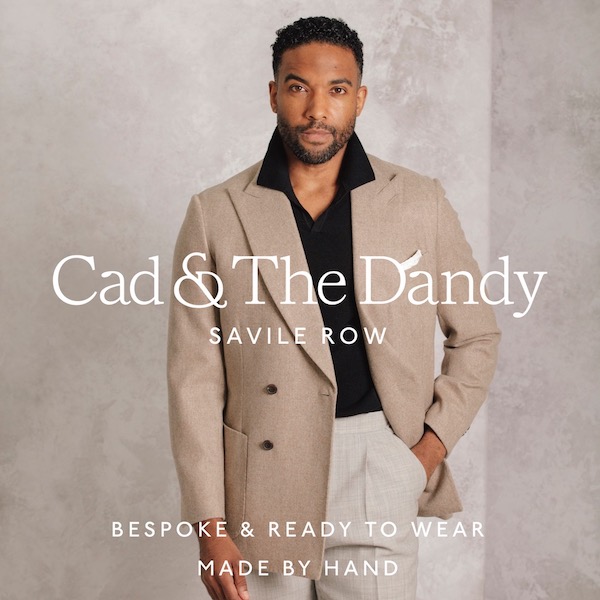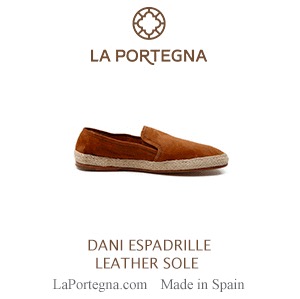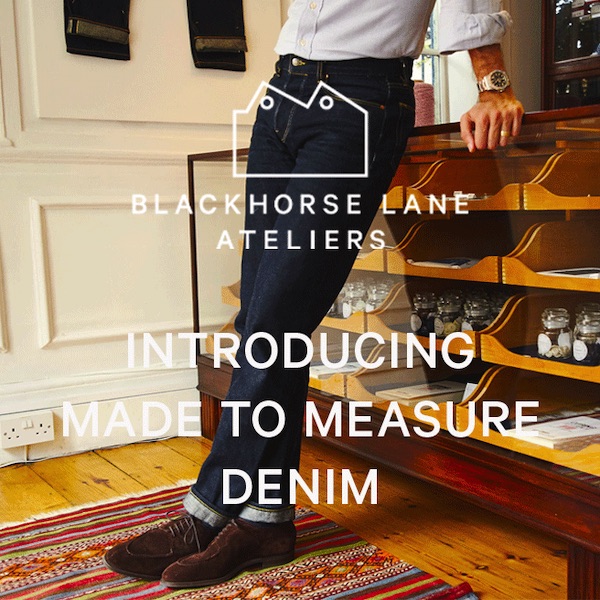The guide to hopsack (and mesh, mock leno and basket weave)
Hopsack and similar materials are a good choice for summer blazers - sharp jackets usually made in smart colours, such as navy.
The materials don’t vary that much, even if the weaves themselves are different. A mesh in a classic menswear dark-navy won’t look that different from a hopsack in the same colour.
But there are quite a few subtleties that can trip people up. They can lead to someone getting a material really designed as a suit material rather than a jacket, for example. Or focusing too much on weaves at the expense of things like two-tone colour.
This article explains the different types of material in a simple and accessible way (there will be no weave diagrams) and then gives advice that should enable any reader to pick a good summer blazer material.
Overall, the most important thing is to concentrate on how the material looks and feels, rather than these technical details that can often pull in the nerds among us.
The dangers of hopsack
Probably the biggest issue with understanding materials is that terms with narrow meanings come to mean something bigger.
Hopsack (above two images) is a good example. It's just a name of a weave, one defined in the Weaves and Designs chapter of our Guide to Cloth. It can be woven with any yarn, worsted or woollen, in any weight and any finish.
But it has come to mean something specific: a lightweight, breathable material using a worsted merino with a fairly dry finish. To be made into an unlined or half lined jacket for warmer seasons.
This could seem academic, but it has one important effect, which is that heavier, denser hopsacks intended for suiting are sometimes used for jackets. The Oyster bunch from Harrison’s and Worsted Classics from Fox for example: both contain really beautiful hopsacks, but they’re dense and heavy (13oz and 14/15oz respectively) and are largely designed for suits.
They could be worn as jackets, as they have a little more texture than smooth twills, but for me they’re not ideal given their density and sharpness. And they’re not what most men want when they’re looking for a summer blazer.
(A side point here: these hopsacks are often what confuse conversations about ‘three-way suits’ that can be broken up - they do work as a suit, which is not what most expect, but then not so much as a jacket.)
Basket weave, mock leno and mesh
Three alternatives to hopsack are mesh (above), basket weave and mock leno. All are quite similar from a technical point of view, and indeed can overlap; they are all characterised by having two tight yarns that hold the structure together, and two that float on top.
This means they’re necessarily open and breathable, where hopsack isn’t necessarily. They also all have more depth to the structure, which can give them greater texture. But as with hopsack, this is heavily dependent on the other factors: yarn thickness, density (‘set’) and colours.
Basket weave, for example, is often made with a thicker yarn to create that basket-like texture many would expect from it. Meshes are often made with two different colours of yarn (eg a darker and a lighter blue) because the weave highlights the contrast between the two. But neither has to.
Fox Brothers has just released a meck leno that’s a dark brown with ‘rose beige’ coming through. The contrast would be more obvious in a mesh, but it’s the colour that’s the most important thing there, not the weave. Plus the ‘up twist’ on the yarn, which makes it crisper and pushes more towards suits and trousers.
How to select
Having demonstrated how complicated it can be, how do you go about picking a material for a good, simple summer blazer?
- Concentrate on weight - you want light if it’s for summer, 8-10oz
- Then on colour. For a smart navy jacket, probably the darkest navy there is
- Then two-tone: Is there more than one colour? Do you want that? If you’re unsure, avoid it
- Next texture. Is there more or less, is the yarn thicker or thinner? They’ll be small differences, but the best way to think about the weave and yarn together
- Look at density. Hold it up to the light, can you see through it? It’s a decent rule of thumb on how cool it will be
- Only then consider weave. It will help contextualise the points above, though chances are it won’t inform the decision. Whatever you do, just don’t go in saying you want only one or another (as most people do with hopsack)
What to select from
And what specific bunches should you consider? Here are the ones I’ve tried or have seen made up and can recommend directly.
- Holland & Sherry, Mesh & Hopsack Blazers
- I had a jacket in the mesh from Ettore de Cesare, and it was very good. Nine ounce, a little more texture than hopsacks. I’d go for 003 (navy) or 004 (midnight, above)
- Drapers, Montecarlo
- Very similar to the Holland & Sherry. They may indeed all be woven by VBC for different merchants - Scabal has a similar one. The weight and weave that’s closest to my vintage black-cashmere hopsack
- Loro Piana, Jackets
- A little finer and so sleeker than the English bunches. Touch more shine, touch more luxe, but still tailors well. Also a little bit lighter (8oz) and more open. My first hopsack jacket from Elia Caliendo (below).
- Fox Brothers, Fox Sport
- A little heavier (11/12oz) and tighter than the others, perhaps more for an English summer than an Italian one, but makes up really nicely. I’d go for that over the Worsted Classics, which I’d use for a suit
- Smith’s, Finmeresco (mock leno)
- The bunch Finmeresco, not the material. Most high-twist bunches designed for suits/trousers, like Finmeresco, have a jacketing section too, which here is indicated as mock leno. Again heavier (12/13oz)
If others have tried particular hopsacks, meshes or similar, please do let us know and add your experiences below in the comments. Particularly useful if you’ve tried more than one and can compare.
As to colours of jackets, I would always start with navy. If that’s too smart for you, then you might not want this category of cloth anyway as it’s a smart material. A wool/silk/linen, lightweight woollen or pure linen might be better.
I recently had a black hopsack made by Paolo Martorano (below) and while it is great, it’s not that versatile. I might well get a navy one with him soon, to replace the Ettore one that’s too small.
from Permanent Style https://ift.tt/ujXdyA8
via IFTTT

